Category: Soap & Cosmetic Labeling
Blog posts that deal with soap and cosmetic labeling; addition information, questions asked and answered and updates as new information becomes known.
-
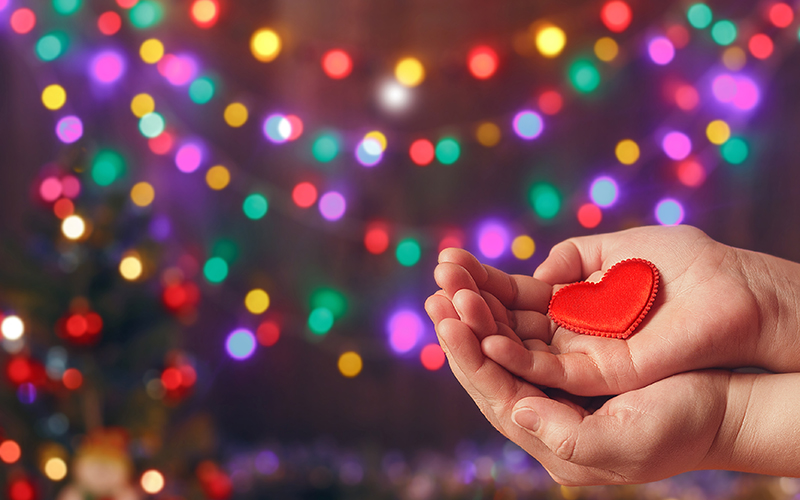
Cause Marketing for the Holiday Season
The holiday shopping season is a perfect time to showcase your products AND your values. That makes cause marketing an appealing option for both customers and marketers.
-

Labeling: Gift Baskets & Sets
Gift baskets are great product opportunities, but they have label requirements, just like any other product.
-
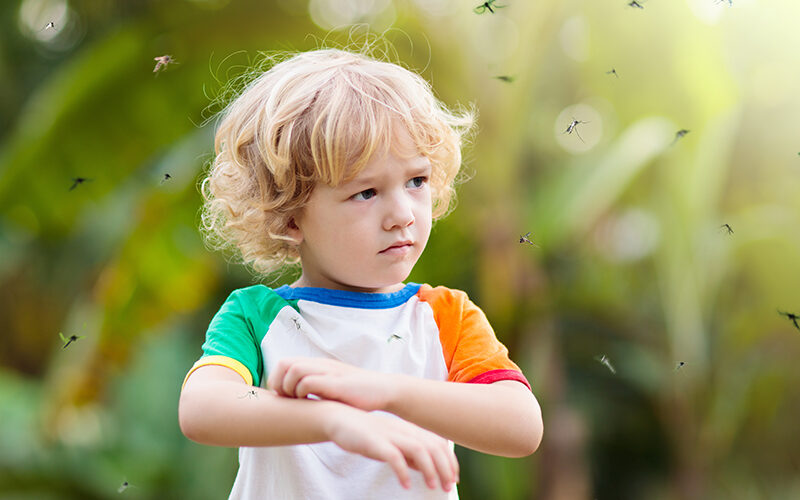
“Bug-Off” Soaps and Lotions Are Pesticides
“Bug-off” soaps and lotions may look like skincare, but if they claim to repel insects, they’re regulated as pesticides—even when made from safe, natural ingredients.
-

Handcrafted Sunscreen? Nope.
Sunscreens are OTC drugs and must meet ingredient, testing, and manufacturing requirements. Non-sunscreens for use when tanning require a warning label.
-

Alcohol in Cosmetics
Ethyl, denatured, or isopropyl — what’s really in your product? Not all alcohols are the same, and they have different regulations and labeling requirements.
-
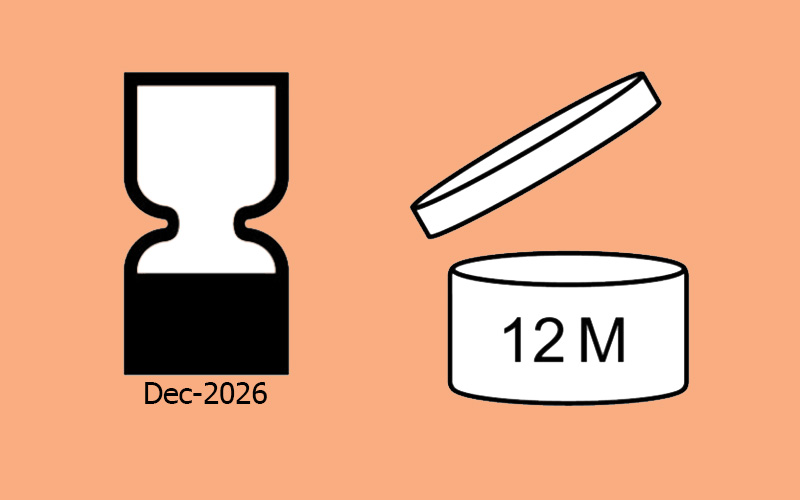
Using the Open Jar and Hourglass Symbols
The open jar and hourglass symbols appear on many cosmetic labels—but in the U.S., they’re often misunderstood or misused. Here’s what they actually mean.
-
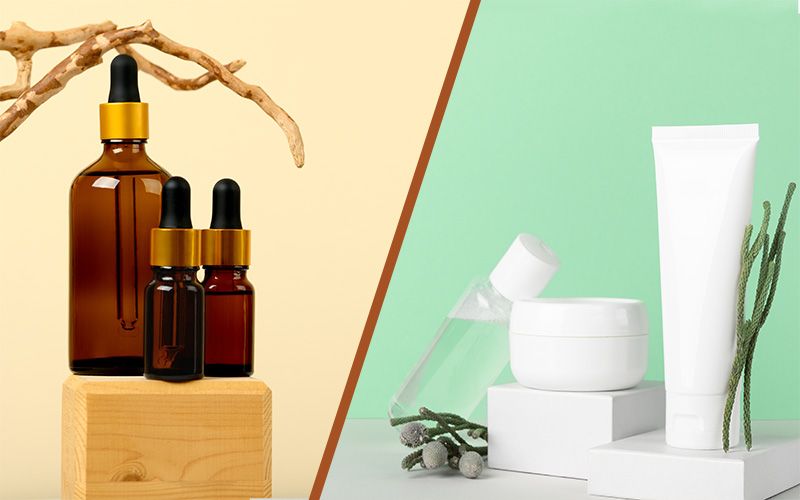
Glass vs. Plastic: Which Wins?
Choosing between glass and plastic isn’t just about looks. Explore the real trade-offs in sustainability, cost, safety, and perception — and find what fits your products best.
-
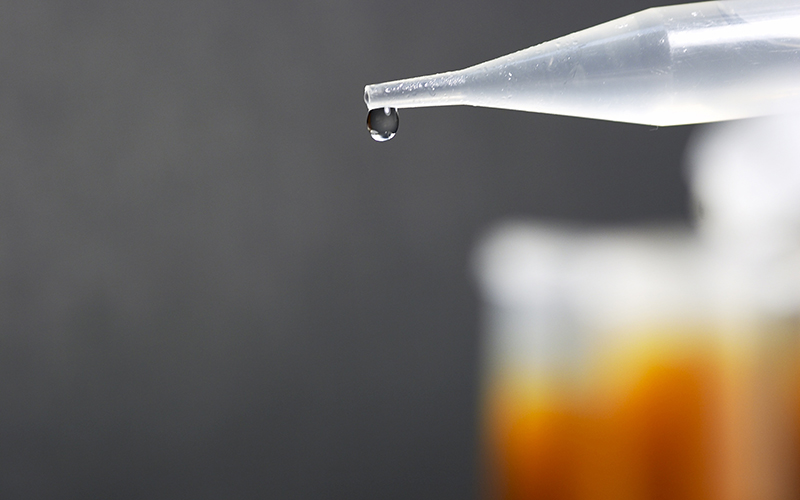
Incidental Ingredients: Declare or Not?
Incidental ingredients are trace materials with no function in a cosmetic. Here’s when you can omit them—and why transparency still matters.
-
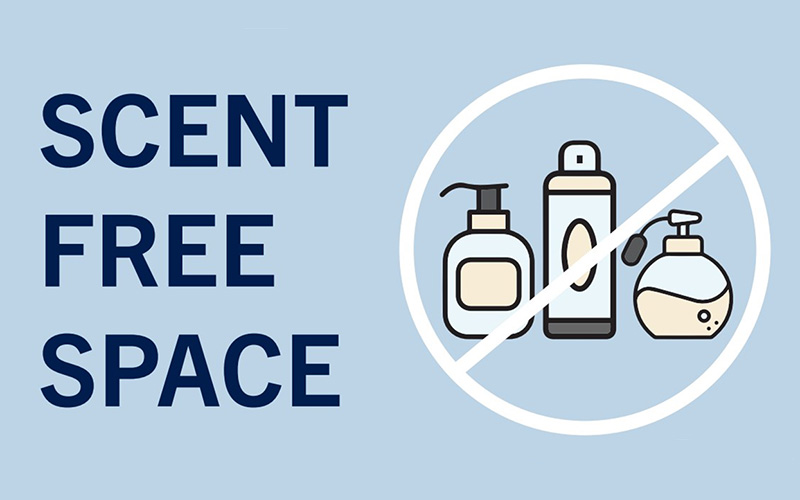
Scented Products: Asset or Risk?
Fragrance can attract or repel customers. Learn how to choose balanced scents, respect scent-free policies, and offer fragrance-free options for wider customer appeal.
-

FDA Cosmetics Adverse Event Dashboard
FDA just switched on a live, public cosmetics adverse-event dashboard—big on transparency, light on verification. Here’s how it could help (or hurt) small makers.
-

On the Label: Business Name & Address
Putting your business name and address on the label isn’t just a formality—it’s a legal requirement and a mark of accountability on every product you sell.
-
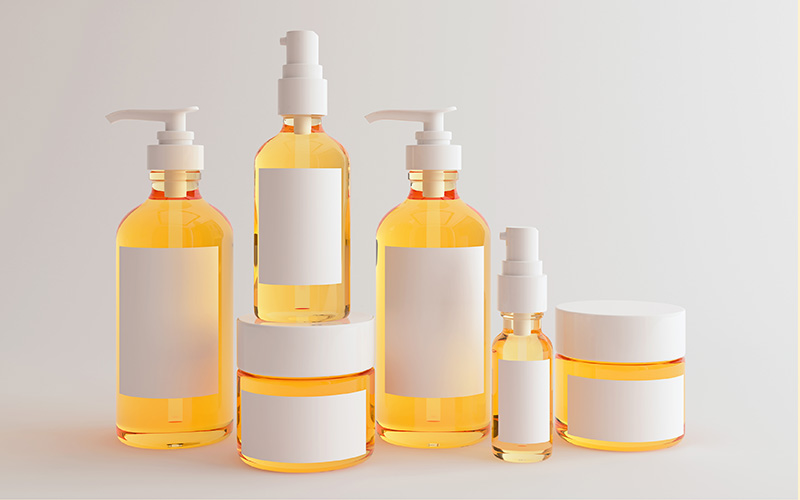
Label Design: The Physical Label
Your physical label is more than packaging—it’s branding, function, and customer experience combined. Selecting the right material, finish, and adhesive ensures both beauty and durability.
